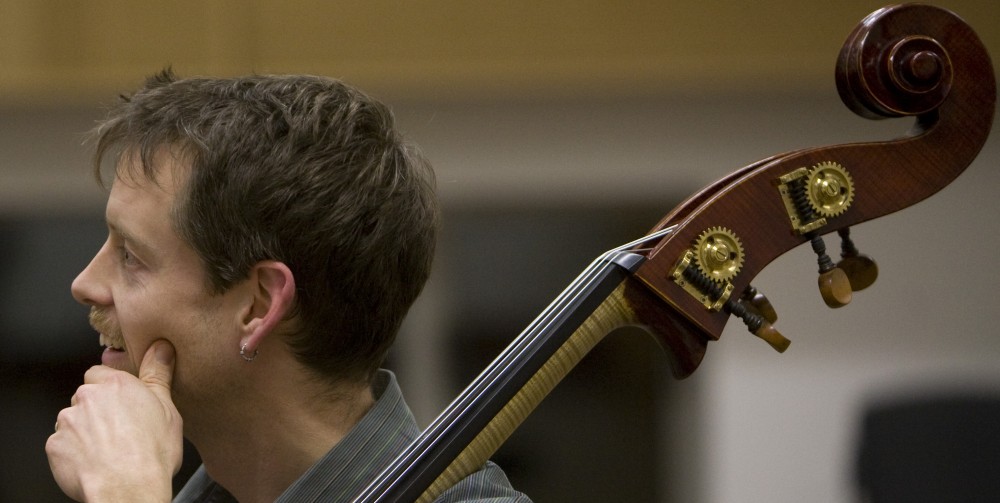Robert Palmer’s 1986 song Addicted to Love was played of the radio as I was driving the other day. It was framed by two other 80’s pop-rock songs which were neither better nor worse, and very similar in sound (dominated by drums and fuzz guitar). The vocals are pretty humdrum, certainly not special in any way. The video – as enjoyed by my teenage self – was of course running in my head, which made it stand out from its neighbours. I reviewed the video on youTube later and with the sound off, it’s really quite lousy – the models are gorgeous of course but there’s nothing to it, they mime appallingly (apparently the musician hired to coach them gave up and left after an hour) and Palmer himself looks like a slightly self-conscious history teacher on a bad hair day. It looks pretty cheap.
Neither song nor video are memorable, but the combination is a multiple of the sum of its parts and deservedly a classic. The success of this song/video combo is like the magic of a rock band with just 3 chords and an idea who manage to speak profoundly to a listener. Or that of a classical quartet of four distinct individuals (all with their inevitable shortcomings) which becomes a musical entity entirely beyond their individual limits. A nice analogy is the way in which acoustic instruments played in close proximity will add to each other’s resonance when played perfectly in tune. Had Palmer’s song been more remarkable, this video would not have fit, and they would not have had the same cumulative effect.
More than the sum of its parts is of course what every artistic endeavour should aim for as a minimum. But for this to happen, the parts must be in tune.

Never saw that, but it’s true: a single image. The cameraman did a good job of hiding them, but the bass girl is playing the piano with her right hand most of the time.